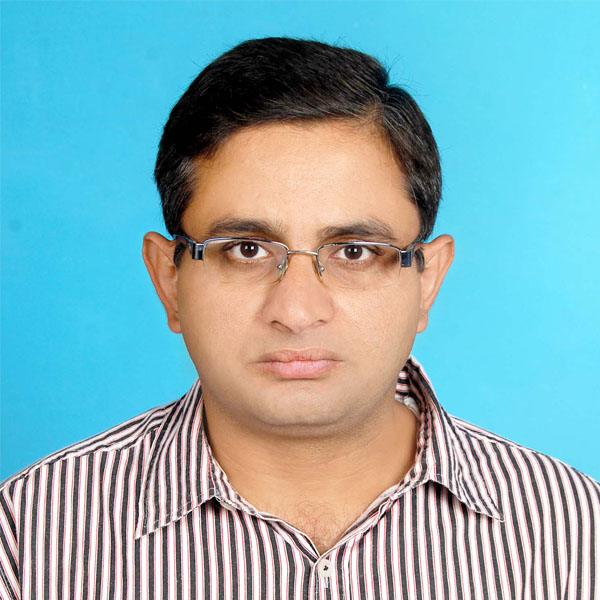
Lasik

When glasses or contact lenses become a trouble in your life, LASIK surgery offers an alternative that can give you a clear vision again. The innovative technology treats the most common types of refractive errors that you may know as nearsightedness (myopia), farsightedness (hyperopia) and astigmatism. Changes in the structure of your eye that alter your vision may relate to age or to coping with the challenges that result from the way that you use your eyes. LASIK surgery offers a highly successful approach to permanently improving your vision without ever having to use glasses or contact lenses ever again.
What Refractive Problems Does LASIK Laser Eye Surgery Correct?
You may have used contact lenses or glasses to help you cope with the inconvenience of not seeing well, and perhaps now you are considering LASIK procedure as a superior way to improve your vision. Following are the refractive problems that a LASIK surgery will help you correct:
Myopia
The medical term for nearsightedness is “myopia”, a condition that allows you to see an object only when it is close to you. The blurry appearance of distant objects makes them difficult to identify. If you have myopic eyes, the long length of your eyeball from front to back or deviations in the shape of your eye structures can make your vision inadequate.
The symptoms that you may experience with myopia include the ability to see words on a computer screen or in a book but not a movie or a TV program. The strain of trying to see distant objects can produce eyestrain and headaches. You may wonder why your eyeball is too long, and researchers can only suggest some possible causes.
In some patients, heredity is a factor. Other influences on your eye structure may include your age, ethnicity, gender or even how you use your eyes. Extended periods in the sun may produce an effect, and the time that you spend doing close-up work may affect it as well. The occurrence of myopia among teenagers in India is about 13 percent, and scientists note that the use of 300 million smartphones may have an impact on the statistics. The occurrence of myopia among teenagers in India is about 13 percent, and scientists note that the use of 300 million smartphones may have an impact on the statistics.
Hyperopia
Farsightedness or hyperopia makes distant objects easier for you to see than those that are close to you. Symptoms may not attract your attention when you are young, but they may eventually create blurry vision when you look at objects that are both near and far away.
Some indications that you are farsighted include eyestrain, headaches, squinting and blurry vision when you look at something that is close to you. The purpose of refractive surgery is to reshape your cornea to improve your vision permanently.
Hyperopia occurs when eyeballs are too short or when the lens or the cornea has an abnormal shape. It can affect children as well as adults, and it may occur as an inherited condition. The frequency of occurrence of hyperopia in India and around the world is less than that for myopia.
Astigmatism
A common form or refractive error, astigmatism prevents the eye from focusing light in a particular axis on the retina. It occurs when light bends differently from normal as it goes through the eyeball because of the oval shape of the cornea. Children and adults may experience astigmatism, often without noticing it. Signs of the problem include squinting and eyestrain, blurry vision at any distance, headaches and difficulty in night driving.
The occurrence of astigmatism is so common that you may have some form of it that has existed since birth. It tends to follow hereditary lines, and it may accompany myopia, hyperopia or both types of refractive errors. To understand how the shape of the cornea with astigmatism differs from a normal one that is perfectly round, compare the shape of your rugby ball to that of volleyball.

Dr. Ashok Kumar Rana
Designation:- Topical Phaco Surgeon and Paediatric Ophthalmologist
Educational Qualification :- MBBS, MS, FCLC
Dr. Ashok Kumar Rana is a surgeon and academician par excellence. He has vast experience of over 100,000 successful eye surgeries after his post graduation(MS)in Ophthalmology in year 2005 after having completed his graduation from L.L.R.M., Meerut in 2000.
He is a life member of the Delhi Ophthalmological Society, American Society of Cataract and Refractive Surgery, UP State Ophthalmological Society, MP State Ophthalmological Society, Indian Medical Association. His professional training includes the training in Cataract Services at Moorefields Eye Hospital, London.
Address:
19F|52|1 Janta Colony, Shahganj, Agra, Uttar Pradesh-282010
Have questions?
Email us:
Working hours:
Monday – Saturday: 9:00AM to 7:00PM
Sunday: 9:00AM to 3:00PM
